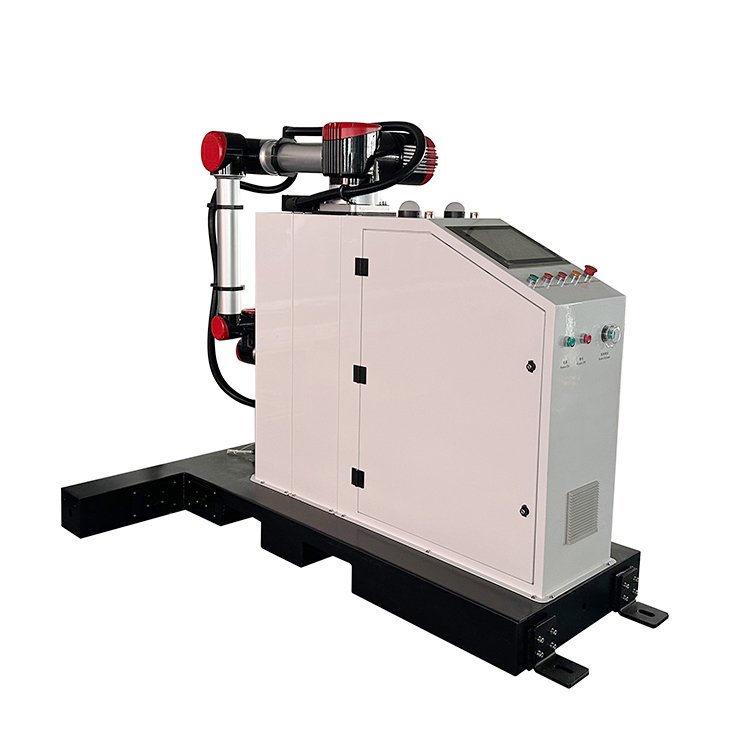
When your production line speeds up, your packaging needs to keep up — or your whole business slows down.
Secondary packaging machines come in many types, each tailored to specific products and packaging needs. Choosing the right one improves efficiency, reduces labor costs, and protects your goods.
There are many types of secondary packaging machines. Some are fast. Some are precise. Some are simple. Some are advanced. But picking the wrong one can cost you time and money. Let me break them down clearly for you.
What is case packing and how does it work?
Too many workers, too much space, too little speed — these are the common signs that it’s time for case packing automation.
Case packing machines take multiple products and load them into a cardboard case or box, either horizontally or vertically.
Different types of case packers
| Type | Description | Suitable for |
|---|---|---|
| Side-load packers | Products enter from the side | Cartons, pouches |
| Top-load packers | Products dropped from the top | Bottles, jars |
| Wrap-around case packers | Case forms around product | Uniform shapes |
When talking about the types of secondary packaging machines, case packers are a critical category. Case packing reduces handling time and standardizes packaging. In my experience, switching to a case packer reduced our packaging labor by nearly 60%. We chose a top-load model to handle fragile glass bottles without damage. The key is choosing a machine that fits your product dimensions and line speed.
What is a cartoning machine?
Manually folding and loading cartons is time-consuming and inconsistent.
Cartoning machines fold cartons and insert products into them, sealing them afterward. They handle both horizontal and vertical orientations.
Horizontal vs Vertical Cartoners
| Type | How it works | Best for |
|---|---|---|
| Horizontal | Pushes product sideways | Tubes, pouches |
| Vertical | Drops product from above | Bottles, sachets |
As one of the most common types of secondary packaging machines, cartoners are used in almost every industry — from food to pharmaceuticals. Vertical cartoners are more space-saving. We’ve used them for packaging small sachets of seasoning. Their compact footprint and modular build made integration easy, and they improved accuracy significantly. With servo-driven controls, the machine adjusted automatically to different product sizes.
What does a case erector do?

Flat boxes slow down packing. Workers spend minutes folding and taping — that’s wasted time.
A case erector opens, folds, and seals cardboard boxes automatically, preparing them for product loading.
Key features to look for
| Feature | Benefit |
|---|---|
| Adjustable size | Packs multiple box sizes |
| Tape or glue sealing | Matches your production style |
| High-speed output | Matches fast production lines |
Among the types of secondary packaging machines, case erectors are often the first stage in the packaging line. Using a case erector, we went from building 4 boxes per minute manually to over 20 automatically. The machine creates a consistent, square box every time, which helps downstream machines load more reliably. This consistency is crucial, especially for automated systems that rely on precise alignment.
How do shrink bundling machines work?
Sometimes, you don’t need a box — just tight, secure bundling.
Shrink bundlers wrap multiple items in plastic film and shrink it with heat to create a tight bundle.
Why choose shrink bundling?
| Advantage | Description |
|---|---|
| Low material cost | No cardboard needed |
| High visibility | Products remain visible |
| Strong hold | Secure, tight packages |
Shrink bundling is especially effective for high-volume FMCG packaging. I’ve seen major beverage brands use it for both cost savings and visual marketing. The machine we used was able to handle both printed and clear film, which gave us flexibility for different SKUs. When discussing types of secondary packaging machines, this method is often overlooked, but it plays a huge role in industries where cost and speed are key.
What is a palletizing machine?

Stacking boxes by hand is slow and risky. It causes injuries and errors.
A palletizer stacks filled boxes or bundles onto pallets, ready for shipping or storage.
Robotic vs Conventional Palletizers
| Type | Pros | Cons |
|---|---|---|
| Robotic | Flexible, programmable | Higher cost |
| Conventional | Fast, repeatable | Less flexible |
When evaluating types of secondary packaging machines, palletizers stand at the end of the line — but they’re no less important. Robotic palletizers are better for complex layouts. I remember setting one up for a client with 12 different box sizes. The robot learned patterns in minutes and switched between jobs with no downtime. Over time, the initial investment paid off by reducing operator error and damage claims. Also, pallet stability improved, reducing product returns.
What is stretch wrapping?
After palletizing, your products still need protection.
Stretch wrapping machines wrap pallets with plastic film to stabilize and protect during transport.
Semi-auto vs Fully-auto
| Type | Use case |
|---|---|
| Semi-auto | Lower volume lines |
| Fully-auto | High-speed factories |
Stretch wrapping was one of the last upgrades we made in our line, but it made a big difference. With consistent wrapping tension, the load stayed tight in trucks, reducing customer complaints. We also saved on film because the machine used just enough to get the job done. In the big picture of types of secondary packaging machines, stretch wrappers ensure that your effort in packing doesn’t get undone in the shipping stage.
Conclusion
Different types of secondary packaging machines solve different problems. Choosing the right one depends on your product, speed, and volume. Know your needs, then invest smartly.
